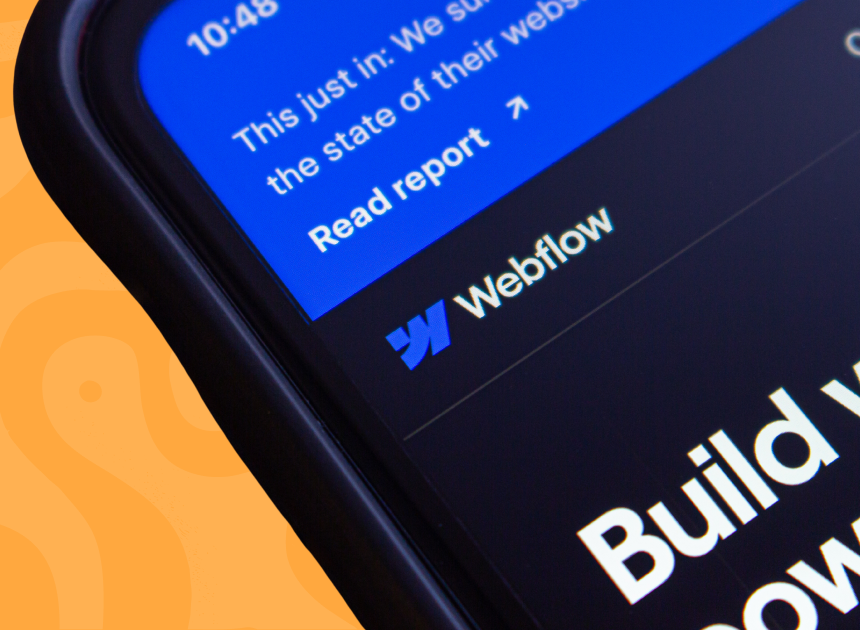If your dental practice website is built on WordPress, you might think you’re getting a cost-effective, flexible platform. And at the start, that’s true… at least on paper.
Over time, hidden costs of WordPress can quietly drain your marketing budget, slow your site, and keep your team focused on maintenance instead of growth.
This isn’t about small one-off fees for hosting or renewing a plugin. The real cost comes from keeping your site performing well as WordPress pushes updates. Those updates can break your site, create security risks, slow down pages, and require constant developer intervention.
Below, we’ll walk through why WordPress is so popular in the first place, and then uncover seven hidden costs that affect your long-term profitability.
Why So Many Businesses Choose WordPress
Two factors have made WordPress the most widely used content management system in the world (powering an estimated 43% of the internet):
- Large Content Library & Ecosystem – Because WordPress is open source, developers all over the world can create and share templates, themes, and plugins. This massive library makes it easy to find affordable tools for almost any need, from SEO to appointment booking, saving developers effort during the initial build.
- Low Starting Cost – The core WordPress framework is technically free. For a business looking to get online quickly or for developers looking to keep their starting rate low, WordPress is an attractive entry point.
These benefits are real. But they come with a trade-off: every theme, plugin, and integration is a separate moving part that must stay compatible as WordPress pushes updates. That’s where the hidden costs start to add up.
The Seven Hidden Costs of Running a WordPress Site
1. Updates Can Break Your Site
When WordPress updates its core framework, it doesn’t automatically update your plugins or themes. That means something that worked yesterday might stop working today, leading to broken layouts, missing functionality, and downtime. Every minute your site is down, you risk losing patient inquiries and damaging your credibility.
2. Built for Everyone, Not for You
WordPress is designed to serve any type of site, from blogs to forums to online stores. That flexibility means the framework carries a lot of “extra levers” your dental practice will never use. This bloat slows down load times, which hurts patient conversion rates (see how here [LINK TO CONVERSION RATE ARTICLE]).
3. Security Risks If You Skip Updates
If you don’t update when new versions are released, vulnerabilities can build up in your site’s code. Hackers target outdated WordPress installations precisely because they’re so common. According to WPBeginner, 86% of sites are hacked due to outdated WordPress installs, themes, and plugins. The result: you may be forced to pay for expensive emergency cleanup or risk patient data security.
4. Slower Pages Mean Lower Profitability
Even if your site still works when it’s out of date, it will often load more slowly. This lag not only reduces your sites profitability but also cuts the efficacy of an paid traffic campaigns. Every extra second of load time increases bounce rates and decreases conversion rates, making your ad spend less effective.
5. Consistent Developer Support Costs
If you choose to update your site to stay current, you’ll almost certainly need a developer on standby to troubleshoot plugin conflicts, repair layouts, and ensure updates don’t break your site. This is a recurring cost that doesn’t improve your marketing; it is a requirement to simply keep the site functioning and secure.
6. Paying for New Plugins After Updates
Updates can render old plugins incompatible, forcing you to find replacements. Premium plugins often come with subscription fees, which means your “free” platform now comes with recurring costs for essential functionality.
7. Time Pulled Away from Growth
The most expensive cost is often the least visible: the time your marketing and development teams spend maintaining your site instead of creating new campaigns, content, or growth initiatives. This opportunity cost drains down your ability to attract and convert new patients just to maintain the status quo.
What to Do Instead
WordPress isn’t inherently bad; it just comes with several costs that are easy to overlook.
Today, there are faster, more secure, and more streamlined website platforms that:
- Load quickly without the bloat
- Require little to no ongoing maintenance
- Give your marketing team direct control over content updates
- Keep your site secure without constant patching
Our favorite is Webflow, which we will introduce in more detail next week. Webflow offers a similar level of customization with higher performance and resilience without the hidden costs, enabling a much higher long-term return on your website investment.
Your website is supposed to help establish credibility and grow your practice. It may be time to rethink whether WordPress is helping you or holding you back.
Unsure of how to determine if a change is needed? Reach out to us for a free consultation!




